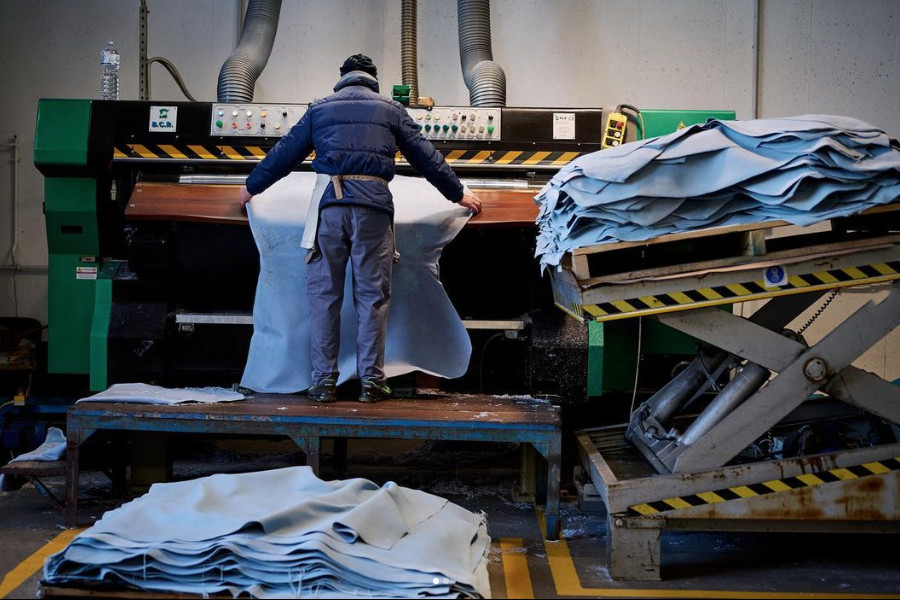
When considering the question, “What country is famous for leather?” several nations come to mind due to their historical roots, innovative techniques, and high-quality products in the leather industry. It’s fascinating to delve into this topic, recognizing that each country contributes unique attributes and craftsmanship to the global leather market.
One of the first countries that spring to mind is Italy. Renowned for its exquisite craftsmanship, Italy has been a center for leather production since the Roman era. Italian leather is widely recognized for its superior quality and artistry. The country is particularly esteemed for its tanning techniques and the premium quality of its finished leather goods. Italian leather is often associated with luxury, making it a choice material for high-end fashion brands. Intriguingly, Louis Vuitton, a French luxury brand, also sources a part of their leather from Italy, as you can read in this article.
Spain, like Italy, has a rich history in leather production, dating back to the Moors’ artisanal leather work in Cordoba. Today, Spanish leather is known for its unique design aesthetics and durability, contributing to the nation’s reputation in the global leather industry.
Moving on to Asia, India has a notable place in the global leather market. The country is one of the top producers and exporters of leather, with its products reaching various corners of the world. An extensive examination of the global leather export landscape can be found in this article.
In the Americas, the United States and Argentina stand out. The U.S. has a substantial leather industry with numerous tanneries located across the country, which you can explore in more detail here. Argentina, on the other hand, is acclaimed for its high-quality cowhide leather, a byproduct of its substantial beef industry.
Each of these countries contributes distinct aspects to the craft, whether it’s a specific tanning process, the types of leather produced, or the design of finished goods. It is also significant to note the time and effort invested in leather production, the details of which can be found in this article.
To conclude, several countries are famous for their leather, each adding unique elements and styles to the industry. The shared appreciation for this versatile material truly showcases the unity and diversity of the global community.